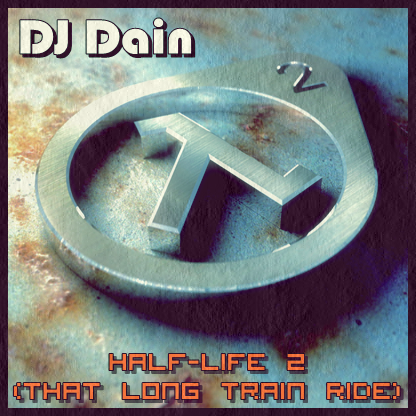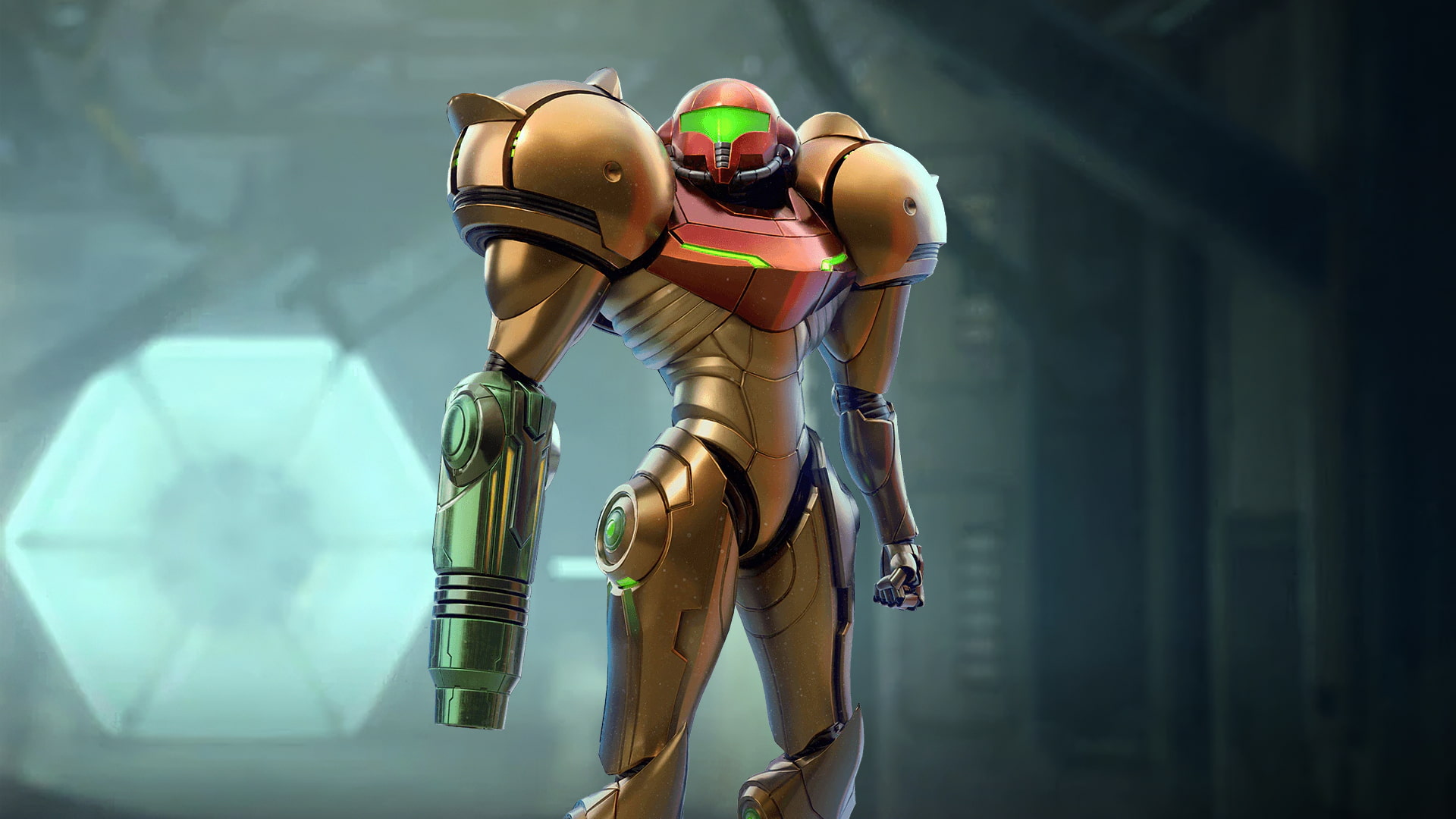There is plenty of memorable music across the Half-Life series, from the legendary Valve theme, a.k.a. Hazardous Environments, to Nuclear Mission Jam and the credits song from the original Half-Life, all the way to the fantastic soundtrack by Mike Morasky for Half-Life: Alyx. However, few manage to be as unforgettable and iconic as Triage at Dawn, the short, evocative song from Half-Life 2 that has, over the years, grown into the unlikely motif of Half-Life 2 and, arguably, of the series as a whole.
In this article, we’ll try to uncover just what makes Triage at Dawn so enduringly popular, as well as the long path (of Borealis) that it took from a small moment into the anthem of the Half-Life community.
The origin of Triage at Dawn
Triage at Dawn is the seventeenth song in the Half-Life 2 soundtrack by Kelly Bailey, Valve’s then-composer and sound designer. It is a short composition, only 43 seconds long, and arguably the most melancholic one in the game—unlike the more techno/industrial/drum and bass sounds of the rest of the soundtrack, Triage at Dawn is a striking piano and trumpet piece, which PC Gamer’s Phil Savage called “a haunting, sad refrain that lends poignancy to the action”. Its official name comes from the scene where it’s played, with Marc Laidlaw having named the songs after the fact for the soundtrack, the game files labelling simply as “hl2_song23_suitsong3”.
Despite its brevity and its relative unimportance within the game itself (see below), the piece has grown in popularity over the years and has become pretty much the theme song of Half-Life 2 and even the Half-Life series as a whole, arguably even surpassing the famous Valve Theme. On Spotify, at the time of writing, it’s reached almost 1.5 million plays and is the most popular song on Valve’s account, surpassing the second place (CP Violation, also from Half-Life 2) by almost 600 thousand plays.
Its popularity was acknowledged semi-unofficially by The Final Hours of Half-Life: Alyx, Geoff Keighley’s “interactive storybook” companion piece to Half-Life: Alyx, which used an orchestral arrangement of Triage at Dawn by Ursine Vulpine for its trailer and introduction video (which, by the way, you can also buy on Steam).
Triage at Dawn‘s appearance in Half-Life 2
For as popular as Triage at Dawn has grown in the Half-Life fan collective, its presence in the game itself is surprisingly brief and easy to miss.
Triage at Dawn plays right at the end of the sixth chapter, “We Don’t Go to Ravenholm…”, immediately after the gunfight at Shorepoint Base. Once the player dispatches the Combine soldiers inside the warehouse, Shorepoint’s leader, Leon, asks who’s hurt; a female rebel replies that Winston’s been hit. As she and another rebel kneel beside a wounded Winston and Leon tells them to patch him up and get him to the back, the familiar piano keys of Triage at Dawn start playing.
It’s worth pointing out that a triage is a process of deciding which treatments to give the wounded and/or sick and what resources to use in situations of scarcity, which, considering you soon find the majority of Shorepoint’s staff wounded on mattresses in the back, perfectly fits the situation. Likewise, the scene with Winston is set as the Sun rises on the second day of Gordon Freeman’s journey after spending the night at Ravenholm—the map is “d1_town_05″, the final map of the first day of Half-Life 2, right before “d2_coast_01″—, hence Triage at Dawn.
Contextually, the use of Triage at Dawn is one of Half-Life 2’s sparse moments of music and, as aforementioned, it’s a very distinct piece of the soundtrack. Winston is, by all accounts, a minor character, but given Marc Laidlaw’s penchant for creating memorable small characters such as Laszlo and the Consoling Couple (as mentioned in the Odessa Cubbage article), giving him such a melodramatic moment is not only par for the course, but possibly even a small in-joke, as Winston’s comparatively small wound gets more dramatic heft than many other moments in the series.
There is a possibility, however, that it could be meant for something else. This is purely speculative, but the file itself includes the label “suitsong3”, the only song in the game or its subsequent episodic sequels to bear such a term—perhaps, at one point, it was meant for when you acquire the HEV Suit in Half-Life 2, whereas the final game ended up using a shortened version of Hazardous Environments (the Valve theme). The fact that it’s apparently the third “suit song” could imply it was the third song tested for the purpose, although, as of now, that can only be guessed.
Whatever the intention behind the piece, Triage at Dawn might have remained a small curiosity in the soundtrack if it hadn’t been for Half-Life 2’s passionate “beta” fandom.
The story behind the “long version” of Triage at Dawn, “Path of Borealis”
In 2007, a purported “Half-Life 2 alpha” soundtrack was presumably leaked online by a user going by the alias Father Grigori. Among the songs released in this “leak” was a longer version of Triage at Dawn, “Path of Borealis.mp3”, clocking in at 5:55. From the name, fans quickly assumed it was meant to be used for the cut sequence involving the Borealis ship that were seen in the stolen Half-Life 2 build and mentioned in Half-Life 2: Raising the Bar, although no further information was available. This version, far more elaborate than the original piece, quickly blew up in popularity.

It would eventually come out that the supposed “alpha soundtrack leak” was, in fact, a fake, all the songs in it being fan-made remixes—including, of course, the beloved “Path of Borealis”.
The song’s actual name was, in fact, That Long Train Ride, a remix of Triage at Dawn by Andrew “DJ Dain” Bowers. Initially released in 2005 on OverClocked Remix, where it was initially rejected, and later on VGMix, where it would go through ten revisions until its final version and reach the status of “Stuff of Legends”, the remix had become a bit of a cult hit among the fans, even getting a mention on the September 2007 edition of PC Gamer UK that called it “a worthy addition to your MP3 player”.
Over the years, That Long Train Ride has become an unofficial hymn of sorts for the Half-Life 2 fan community, especially those who still long to play the so-called “beta” version, further propelling the notoriety of Triage at Dawn.
The reason for Triage at Dawn‘s lasting popularity
One can only take guesses as to why, out of the entire soundtrack of Half-Life 2—and even the first Half-Life and the subsequent Half-Life 2 episodes—, Triage at Dawn stands out as so enduringly loved, but one hint can be found in the aforementioned That Long Train Ride story.
Even if erroneously, Triage at Dawn has been inextricably linked to the mythical “Half-Life 2 beta”, thanks, no doubt in large part, to the false “Path of Borealis” version. Just as the “beta” has reached, to paraphrase Doctor Wallace Breen, an almost messianic reputation in the minds of a substantial portion of the fandom, so too did “Path of Borealis” and, by extension, Triage at Dawn, to the point that some even grew to doubt that the song really was intended for just the minor moment it appears in.
At the same time, the somber, almost mournful tone of this 43-second piece, expanded by That Long Train Ride, is a far cry from most of Bailey’s output (Dark Interval, the credits song of Half-Life 2: Episode Two, being a notable exception) and therefore stands out from the pack as a more emotional, almost touching song, once again fitting more with the perception of Half-Life 2 as this gloomy, dystopian and ultimately sad universe. Whether that’s an appropriate interpretation of Half-Life 2 is up for debate (and a topic for another article, surely), but it’s without a doubt a driving force for Triage at Dawn as the song that, for so many people, symbolizes Half-Life 2, whether they even remember Winston or not.
References
- Bowers, Andrew (2010). Why yes, I am that Half-Life 2 Remix guy. April 24. Giant Bomb. Available at: https://www.giantbomb.com/profile/dain22/blog/why-yes-i-am-that-half-life-2-remix-guy/43829/
- Bowers, Andrew (2005). *NO* Half-Life 2 ‘That Long Train Ride’. February 19. Overclocked Remix. Available at: https://ocremix.org/community/topic/2614-no-half-life-2-that-long-train-ride/
- Bowers, Andrew (2005). That Long Train Ride. March 12. VGMix. Archived, available at: https://web.archive.org/web/20051118173020/http://vgmix.com/song_view.php?song_id=3258
- slik357 (2010). The REAL story behind the Alpha soundtrack. July 10. Facepunch Forums. Archived, available at: https://web.archive.org/web/20170825124253/http://www.facepunch.com/threads/967501-The-REAL-story-behind-the-Alpha-soundtrack?p=23243764
- Savage, Phil (2015). The music of Half-Life 2. June 10. PC Gamer. Available at: https://www.pcgamer.com/the-music-of-half-life-2/


I have a special connection to this track – around 2017 when Epistle 3 came out is also when Project Borealis kicked off, which I joined in its very early months and then stuck with for about two years. The emphasis on the Borealis in the Epistle 3 script actually got me interested in the beta’s Borealis stuff, largely for inspiration for Epistle 3 content (I was a writer, 2D artist, and PR guy). When my interest in Epistle 3 waned as my time on PB came to a close due to some personal disagreements, my interest in the Borealis and beta content, created by the deep-dives I’d begun undertaking for inspiration, remained. I at one time had a playlist of Triage at Dawn remixes I’d listen to whilst writing, and one of the composers on PB at the time and I were quite friendly – he made a Triage at Dawn remix after I mentioned how much the tracks helped inspire me to write (I won’t say he did it for me as I believe he liked the track too).
My cut content project, Raising the Bar: Redux, is now approaching its fifth year and second full release, and progress continues strong. My interest – and faith – in Epistle 3 coming to life one day has admittedly more or less disappeared, but in its place I now really have an interest in creating a personalised take on the cut content (with so many creative liberties it’s become sort of the thing RTBR is known for). I can’t wait till we actually reach the arctic in our progression and we get the chance to properly bring to life the Borealis our way.
@David Driver-Gomm Thank you for sharing your story, David! We’ll have to talk sometime about Raising the Bar: Redux. 🙂
Great article! I’ll admit I used to think “Path of the Borealis” was an official track back in the day.
Poor Winston… I hope he’s doing ok.
very good